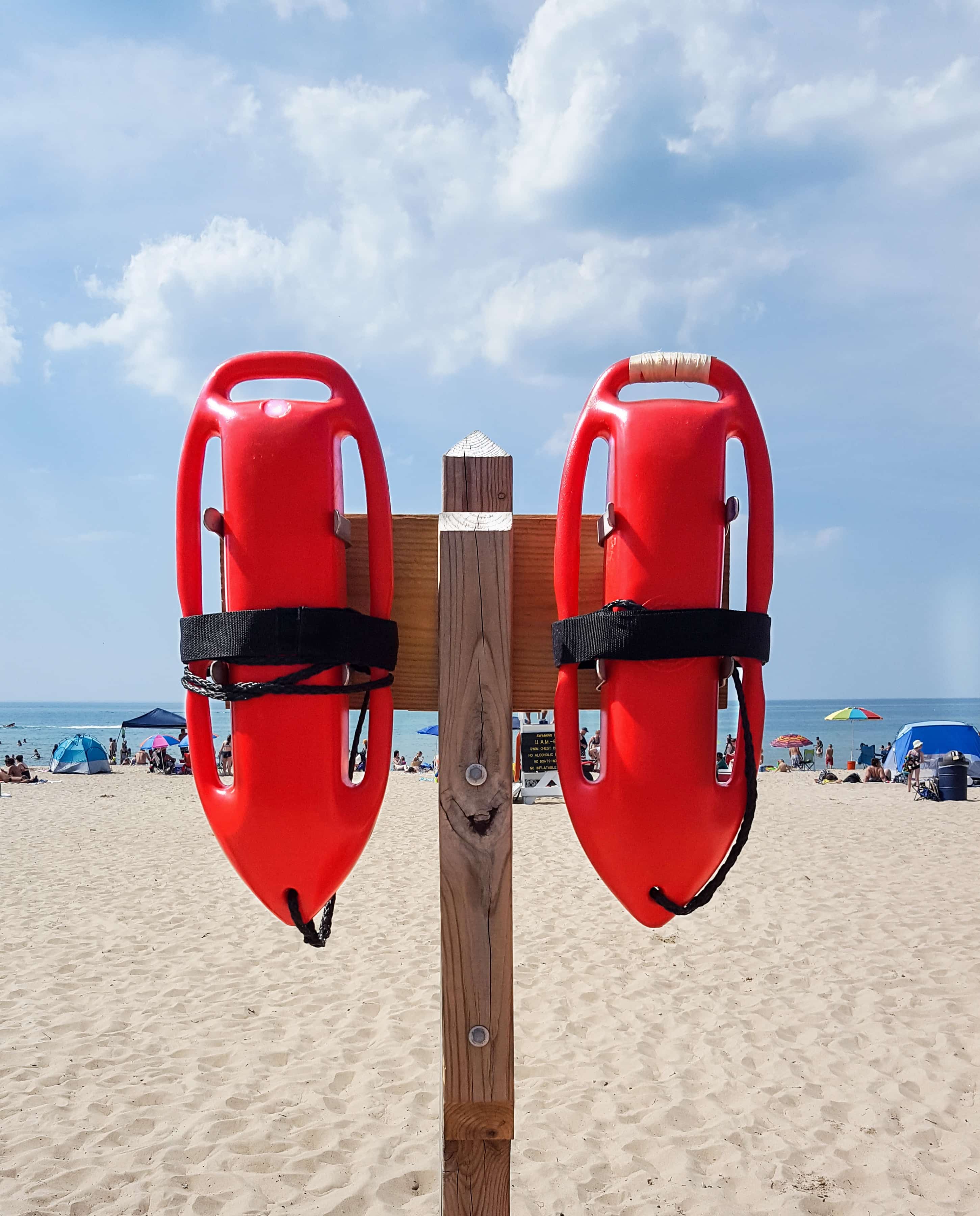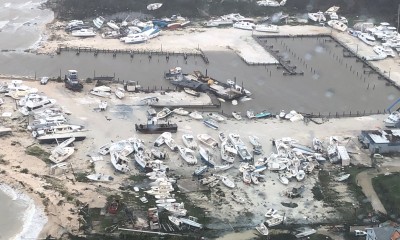10 Tips for Staying Safe Around the Water
 In many areas of the United States, the weather is just now getting warm enough to start enjoying outdoor water-based activities. Whether you are at the beach, on your boat, or just relaxing by the pool, here are 10 tips for staying safe around the water.
In many areas of the United States, the weather is just now getting warm enough to start enjoying outdoor water-based activities. Whether you are at the beach, on your boat, or just relaxing by the pool, here are 10 tips for staying safe around the water.
1.) Have a cell phone close at hand in case of emergencies.
Buy a waterproof cell phone pouch (they can be purchased for just a few dollars) in order to reduce the risk of water-related damage.
2.) Keep your eyes on your children any time they are around water and teach them to stay away from pool drains.
3.) When at the beach, take note of any warning flags.
They tend to work much like a traffic light. Green means there is a low risk of hazard with generally calm conditions, yellow means there is a medium risk of hazard with moderate surf and/or currents, and red means there is a high risk of hazard with high surf and/or strong currents. If there is a red flag on top of another red flag, that indicates that the water is closed to the public. Additionally, a purple flag means there is dangerous marine life present in the water.
4.) Be aware of rip currents.
The National Weather Service has a free online training course to teach you how to spot rip currents - click here to view. If you find yourself in a rip current, stay calm. Do not try to swim against or fight the current. This will only tire you out. Swim parallel to shore until you find a break in the rip current, then attempt to swim back to shore. If you are unable to swim to shore, try to float or tread water until you are able to break free. Draw attention to yourself by waving to shore and calling for help.
5.) Try to swim in areas supervised by lifeguards.
The United States Lifesaving Association (USLA) has calculated that the chances of a person drowning at a beach protected by USLA affiliated lifeguards is 1 in 18 million. Drowning is one of the leading causes of unintentional injury death among all ages, according to a 1998 Centers for Disease Control and Prevention (CDC) publication.
6.) Learn CPR.
The more people who know CPR, the more lives that can potentially be saved. Many local and city governments offer free first aid/CPR/AED training. Keep a CPR instruction guide handy; the American Red Cross has a great list of CPR steps.
7.) Make sure to check the local weather, sea reports, and boating forecasts and respond accordingly when planning to go out on a boat.
8.) Children should wear a PFD (Personal Flotation Device) at all times when on a boat.
Adults should also wear them, especially if they are inexperienced swimmers.
9.) Make sure your boat is equipped with a first aid kit.
First aid kids should include antiseptic, waterproof adhesive bandages, medical adhesive tape, gauze sponges, butterfly bandages, bandages to wrap sprained ankles and wrists, splint material to stabilize suspected broken bones, motion-sickness bags, and pain medication.
10.) Wear a waterproof sunscreen with an SPF of 30 or more and reapply throughout the day.
Enjoy your time in the water and remember to stay safe out there!







